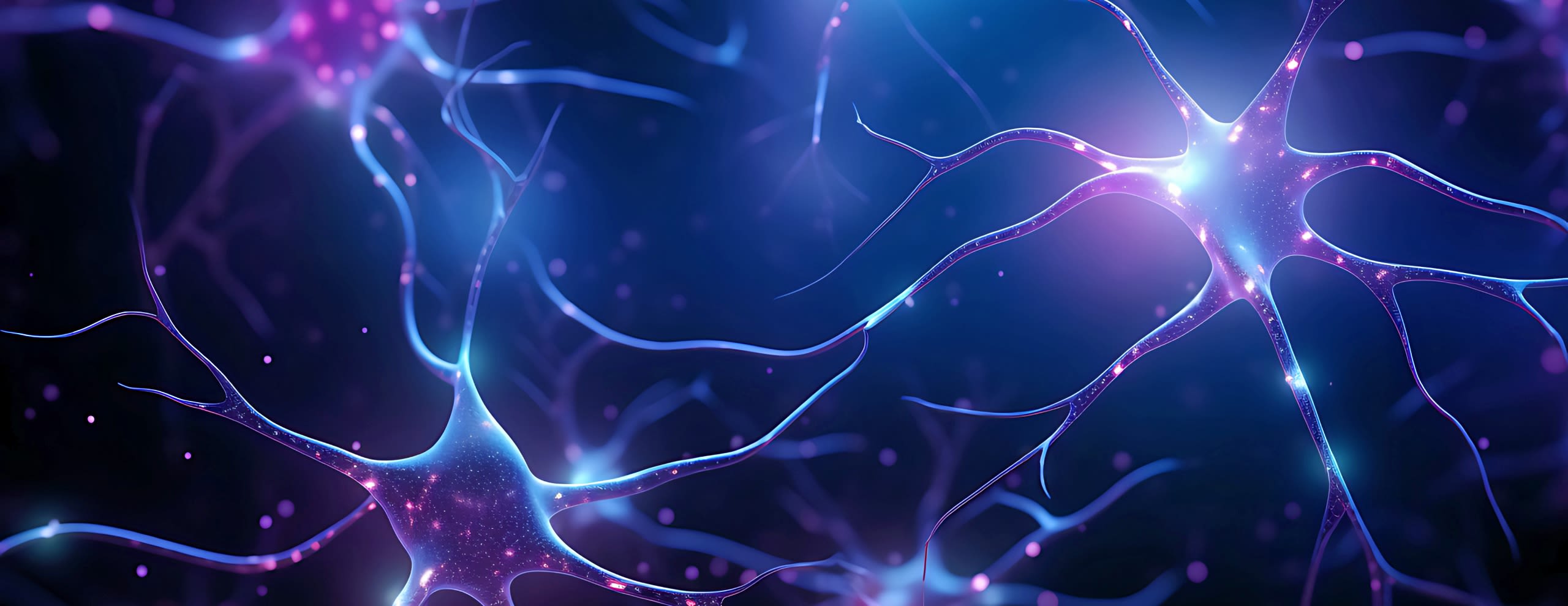
NINDS 75th Anniversary
Since 1950, research conducted and funded by the National Institute of Neurological Disorders and Stroke (NINDS) has expanded our knowledge of the brain and nervous system and led to the development of new ways to care for people with neurological diseases. Through groundbreaking research, training tomorrow’s scientists, and working closely with people with lived experience, NINDS continues to lead the way in neuroscience discoveries that are improving diagnosis, treatments, and prevention strategies.
Explore some of the major milestones from NINDS’s first 75 years below.
Jump to a milestone below or scroll the full timeline.
1991 | 1996 | 1997 | 2001 | 2004 | 2005 | 2013 | 2014 | 2016 | 2017 | 2018 | 2023 | 2024


IMAGINING THE FUTURE OF NEUROSCIENCE


AUGUST 1950
On August 15 President Harry S. Truman signed
Public Law 81-692, establishing the National Institute of
Neurological Diseases and Blindness (NINDB).
1953 – 1954
An intramural program of clinical investigation was initiated, including medical neurology, surgical neurology, and electroencephalography. Training programs in neurology and ophthalmology were initiated.
1966
The stroke research program was expanded and additional grants for clinical research centers were awarded.
An antiepileptic drug testing program began.
1968
The Institute was renamed the National Institute of Neurological Diseases and Stroke. The NINDS blindness program became the nucleus of the National Eye Institute.
1975
NINDS was renamed the National Institute of Neurological and Communicative Disorders and Stroke (NINCDS).
1976
Dr. D. Carleton Gajdusek, chief, Laboratory of Central Nervous System Studies, was awarded the Nobel Prize in Physiology or Medicine for work on atypical slow viruses.
1988
The communicative disorders program became the foundation of the National Institute on Deafness and Other Communication Disorders. NINCDS was renamed the National Institute of Neurological Disorders and Stroke.
1989
On July 25, President George H.W. Bush declared
the 1990s the "Decade of the Brain" by signing a joint resolution. (Public Law 101-58)
1991
First Enzyme Replacement Therapy Approved
NINDS researchers successfully develop alglucerase injection (Ceredase) for people with Type 1 Gaucher disease. This rare genetic condition disrupts the body’s ability to break down certain fats. The team created a medication that overcomes this problem by replacing a defective enzyme, improving quality of life for people with this condition. Built on decades of foundational research, this treatment (the first enzyme replacement therapy approved in the United States) shows the power of scientific research to translate discovery in the lab into effective treatments for people. The success of this treatment set the stage for developing similar treatments for related disorders. The discovery contributed to early growth in the U.S. biotechnology industry interest in targeted treatments for other rare, genetic diseases.
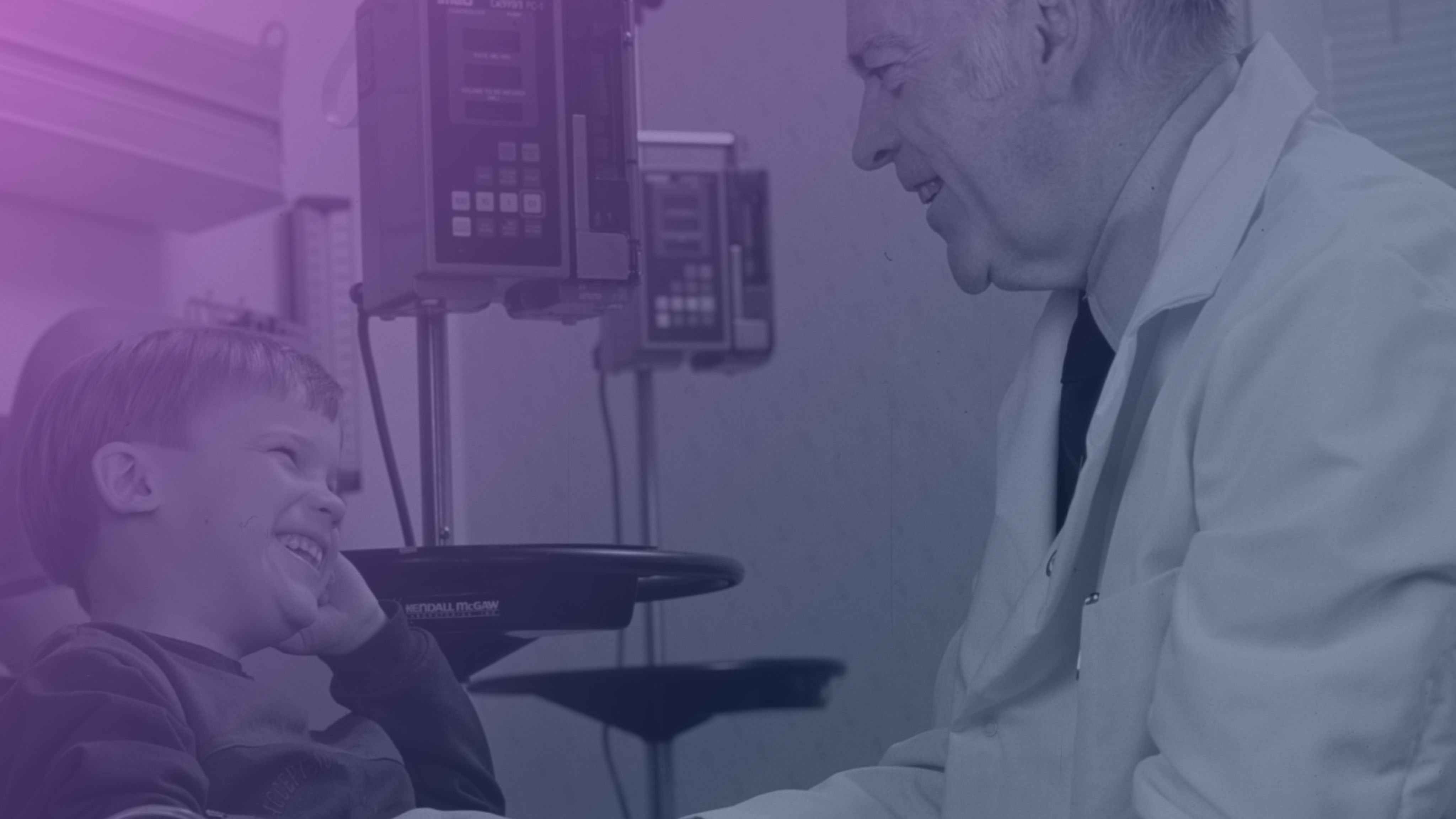
1993
Multiple sclerosis research was added to the legislative mandate of NINDS. (Public Law 103-43)
1996
Introduction of the First Stroke Treatment
The U.S. Food and Drug Administration (FDA) approves tissue plasminogen activator (tPA) as the first treatment for acute ischemic stroke. This type of stroke is a medical emergency in which oxygen delivery to the brain stops due to a blood clot or blocked artery. NINDS-funded lab research and clinical trials proved that when given within hours of stroke symptoms beginning, tPA dissolves blood clots, restores blood flow, and improves patient outcomes. This breakthrough revolutionizes stroke care and sets the foundation for future treatments.

1997
The Morris K. Udall Parkinson's Disease and Research Act added language authorizing increased Parkinson's disease research and training, including research centers. (Public Law 105-78)
1997
Deep Brain Stimulation (DBS)
Authorized to Treat Parkinson’s Disease
NINDS basic neuroscience research helps identify neural circuits involved in the body’s ability to regulate and coordinate movements and how they are disrupted in Parkinson's disease. These important early studies were critical to developing deep brain stimulation (DBS) to treat the condition. DBS delivers electrical pulses directly to the brain to improve movement symptoms. In 2009, a major clinical trial (sponsored by NINDS, the Department of Veterans Affairs, and industry partners) demonstrates that DBS works better than the standard treatment (levodopa) alone.
Brain Stimulation Emerges as a Treatment for Epilepsy
Building on findings from devices developed for Parkinson’s disease and basic research on causes of seizures in the brain, NINDS-supported researchers help develop brain stimulation devices to control seizures in people with epilepsy. Although most people with epilepsy get relief from available anti-seizure medications, about one-third do not. Brain stimulation devices, including a deep brain stimulation device and a nerve stimulator, offer alternative options for people with drug-resistant epilepsy.

2000
The Parkinson's Disease Research Agenda was developed.
2000
Children's Health Act of 2000 amended the Public Health Service Act on a wide range of issues affecting children's health. Specifically relevant to the NINDS mission were autism, pediatric research, environmental influences on children's health, childhood cancers, traumatic brain injury, and muscular dystrophy. (Public Law 106-310)
2001
“Know Stroke” Campaign Kicks Off
NINDS launches the “Know Stroke” campaign to raise awareness about stroke, one of the leading causes of death. After tissue plasminogen activator (tPA) was approved in 1996 to treat ischemic stroke within the first few hours of symptoms, it became critically important to get stroke treatment as soon as possible to prevent death and disability. The Know Stroke campaign is designed to help people recognize stroke symptoms and call 911 right away.
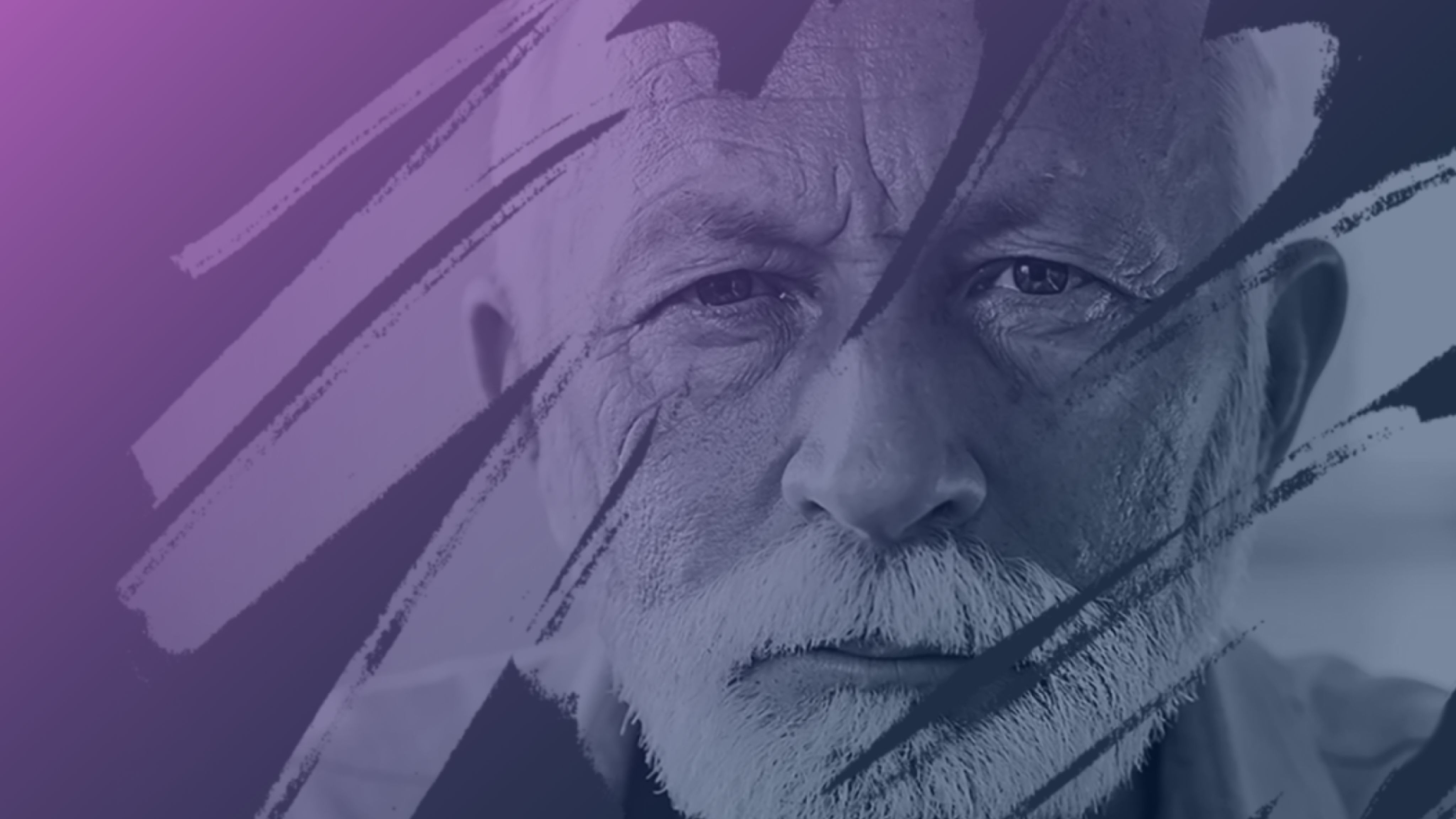
2001
NINDS celebrated its 50th anniversary with a 2-day scientific symposium, "Celebrating 50 Years of Brain Research:
New Discoveries, New Hope."
2001
The Stroke Progress Review Group was created.
2001
The Research Agenda for Epilepsy was developed.
2001
The Muscular Dystrophy Community Assistance, Research, and Education Amendments of 2001, or the "MD-CARE Act," amended the Public Health Service Act to provide for the expansion and coordination of research with respect to various forms of muscular dystrophy. (Public Law 107-84)
2004
NIH Launches Blueprint for Neuroscience Research
The NIH Blueprint for Neuroscience Research is a collaborative effort to accelerate discoveries about the brain’s role in health, aging, and disease. It brings together NIH institutes, centers, and offices, pooling resources and expertise and identifying areas of shared research interest. This collaboration leads to groundbreaking research, new tools, and unique training opportunities for the neuroscience community. In 2009, the NIH Blueprint launched three large-scale research projects to transform neuroscience research: the Human Connectome Project (a major initiative to map human brain connections), the Transition from Acute to Chronic Neuropathic Pain Initiative (which helped to lay the groundwork for the NIH Common Fund Acute to Chronic Pain Signatures Initiative), and the Blueprint Neurotherapeutics Network.
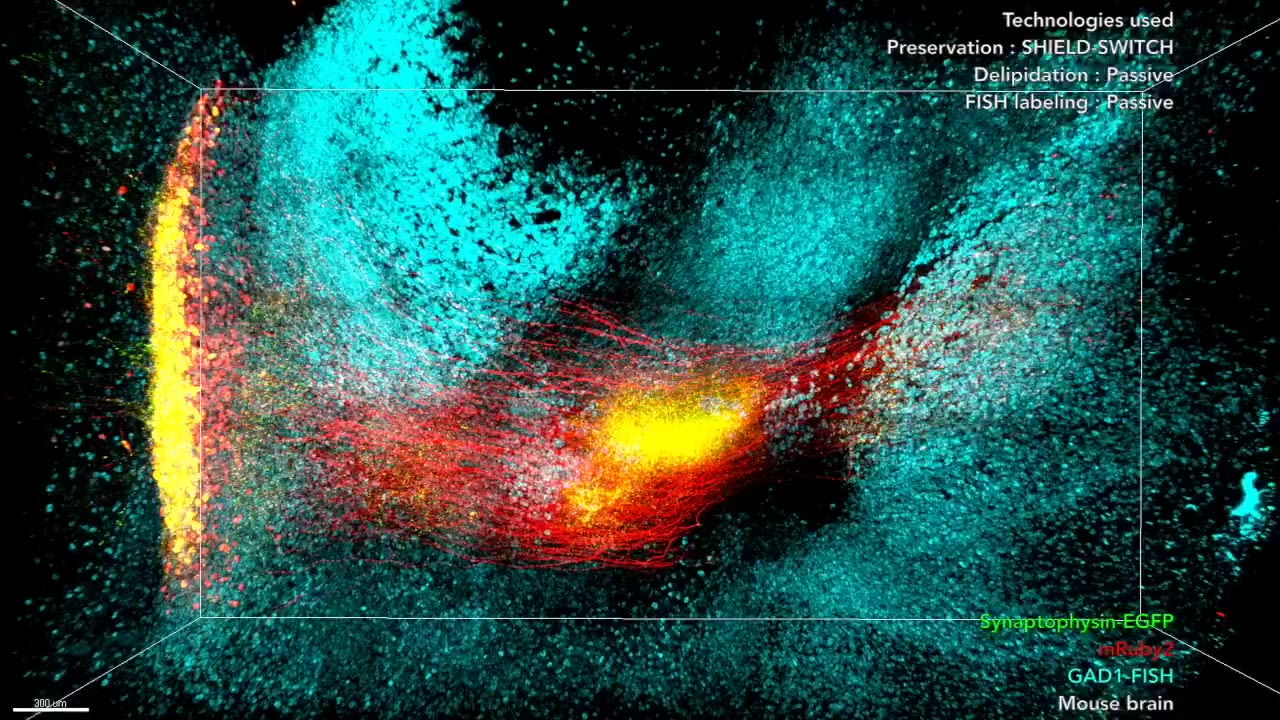
2004
Construction begins on the John Edward Porter National Neuroscience Research Center. Officially opened in 2014, the building now houses intramural researchers from NINDS and other NIH institutes on the NIH campus in Bethesda, MD.
2005
NINDS Launches the Annual Nonprofit Forum
NINDS hosts its first annual Nonprofit Forum to unite leaders from patient organizations, advocacy groups, and others focused on neurological health and disease. The Forum, which includes people and families with lived experience of neurological disorders, promotes collaboration, shares insights about research and advocacy, and strengthens partnerships to advance treatments for neurological disorders. “Progress through Partnership,” the theme of NINDS’s annual Nonprofit Forum, highlights the power of the public and private sectors working together to advance neurological research.

2006
The Combating Autism Act of 2006, amended the Public Health Service Act to expand and coordinate research activities with respect to autism spectrum disorders. (Public Law 109-416)
2009
The Omnibus Public Land Management Act of 2009, which includes text of the Christopher and Dana Reeve Paralysis Act, authorized the NIH Director to: coordinate paralysis research and rehabilitation activities at the NIH; establish consortia in paralysis research; and establish networks of clinical sites that will collaborate to design clinical rehabilitation intervention protocols and outcome measures on paralysis. (Public Law 111-11)
2010
An ambitious effort to map all the connections within
the human brain, the NIH Blueprint Human Connectome Project (HCP), began with two major research consortia taking complementary approaches to deciphering the brain’s complex wiring.
2011
The National Alzheimer’s Project Act establishes both the National Plan to Address Alzheimer’s Disease in the Office of the Secretary of Health and Human Services and an Advisory Council on Alzheimer’s Research, Care, and Services to evaluate federally funded efforts in Alzheimer’s disease and Alzheimer’s disease-related dementias and recommend priority actions to be reported in an annually updated National Plan. (Public Law 111-375)
2012
A Pain Health Science Policy Advisor position was established within the NINDS Office of the Director to serve as the Designated Federal Official for the Interagency Pain Research Coordinating Committee and to support the expanding programs of the NIH Pain Consortium.
2013
NeuroBioBank Launches, Accelerating
Human Neuroscience Research
NIH establishes the NeuroBioBank to provide researchers with access to high-quality, well-characterized human brain tissue for studying brain disorders. The NeuroBioBank's goals include increasing public awareness of the importance of brain donation, facilitating brain tissue distribution for research, and sharing best practices among researchers. By providing scientists with valuable and scarce human brain tissue, the NeuroBioBank helps drive advances in understanding and treating Alzheimer’s, Parkinson’s, autism, and many other brain disorders.
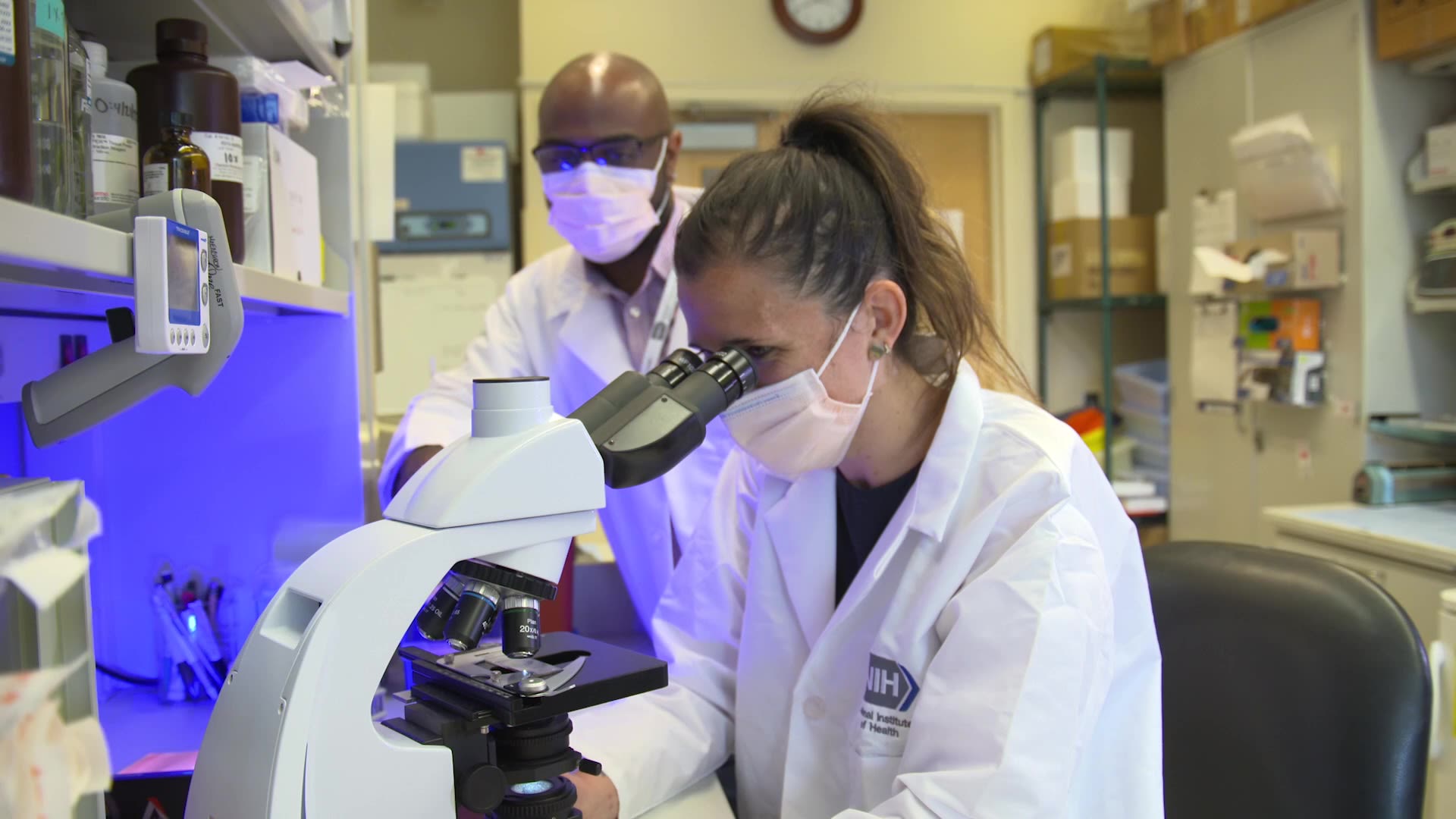
2013
The NeuroPace RNS®, which was supported by funding from NINDS, receives approval from the FDA for use in adults with medically refractory focal epilepsy.
2014
The NIH Blueprint and BRAIN Initiative Program for ENDURE is announced to raise interest and opportunities in neuroscience research for individuals from all backgrounds
2014
The Brain Research Through Advancing Innovative Neurotechnologies® (BRAIN) Initiative Sparks New Frontiers
The Brain Research Through Advancing Innovative Neurotechnologies® (BRAIN) Initiative, or The BRAIN Initiative® launches, with the mission of developing and applying new technologies to answer fundamental questions about the brain. The BRAIN Initiative enables researchers to watch how cells and circuits interact within the world’s most complex and energy-efficient computer: the human brain. The Initiative is transforming neuroscience through the development of novel tools and technologies, shedding light on the links between brain function and behavior.

2014
The Accelerating Medicines Partnership® (AMP®) is launched. NINDS contributes substantially to the AMP Parkinson’s disease project, launched in 2016.
2014
The new National Neuroscience Research Center, which houses NINDS and other NIH institutes' intramural researchers, opened.
2015
The American Heart Association/American Stroke Association updated stroke treatment recommendations to include the use of stent retriever devices to remove blood clots from large arteries in some people with ischemic stroke based on research funded by NINDS.
2016
Mind Your Risks® Campaign Raises Awareness
High blood pressure is a known risk factor for stroke and heart attack. NIH research led to the discovery that it also increases a person’s risk for cognitive decline, including dementia. In 2016, NINDS introduced Mind Your Risks® to raise awareness about the connection between high blood pressure, stroke, and dementia. A key emphasis of the campaign is early detection of high blood pressure, since it can weaken or narrow the brain’s blood vessels and may lead to strokes, which can cause or worsen dementia. The campaign emphasizes that controlling stroke risk factors, especially high blood pressure, in middle age can help reduce the risk of cognitive decline later in life.

2016
The 21st Century Cures Act, establishes the Beau Biden Cancer Moonshot and NIH Innovation Projects, to carry out the BRAIN Initiative®, Precision Medicine Initiative, cancer research, and regenerative medicine. The law (Public Law 114-255) provided $1.5 billion for the BRAIN Initiative through FY 2026.
2016
Nusinersen (Spinraza) Approved to
Treat Spinal Muscular Atrophy
The FDA approves nusinersen (Spinraza) for spinal muscular atrophy (SMA), offering hope for individuals with the disorder, especially with early treatment. SMA is a rare genetic disorder that damages motor neurons and is the leading inherited cause of death in infants and toddlers. Nusinersen targets a gene that makes a defective protein in SMA to increase production of a more stable protein. NINDS also supported research that uncovered the genetic cause of SMA, identified a treatment strategy, and facilitated clinical trials. FDA approval of this therapy marked the first time an antisense oligonucleotide therapy, which alters genetic instructions to produce a healthy version of a missing or damaged protein, is used successfully to treat a neurological disorder.

2016
The NIH Blueprint and BRAIN Initiative D-SPAN Award is initiated to support a defined pathway across career stages for outstanding graduate students.
2017
FDA Approves Cerliponase Alfa (Brineura)
for Neuronal Ceroid Lipofuscinosis
Neuronal Ceroid Lipofuscinosis, also known as Batten disease, refers to a group of rare genetic disorders affecting young children that cause progressive vision loss, movement problems, cognitive decline, and other serious symptoms. NINDS research contributed to a new treatment for a form of Batten disease by identifying the genetic cause: an enzyme that, when functional, cleans up cell waste. Further research leads to a way to produce a replacement version of the defective protein. The treatment helps slow the loss of mobility by delivering the disorder’s missing enzyme directly to the brain. Children can now receive this treatment at birth, before any symptoms arise.
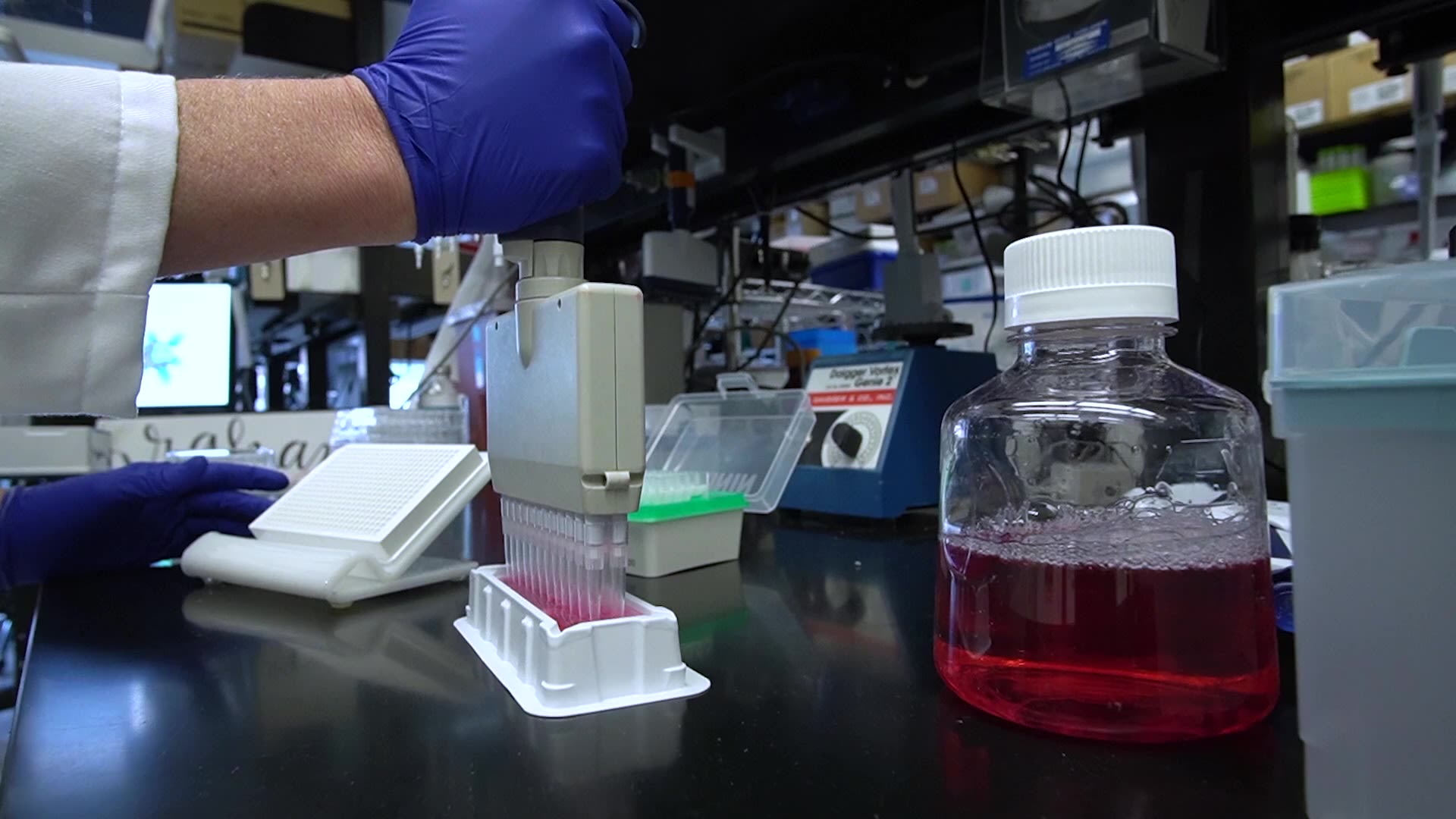
2017
Medtronic’s DBS System for Epilepsy, with funding support by NINDS, receives approval from the FDA for use in adults with medically refractory focal epilepsy.
2018
NIH Helping to End Addiction
Long-term® (HEAL) Initiative Takes Shape
Following the 2017 announcement of the opioid crisis as a national public health emergency, the NIH HEAL Initiative® launches. This expansive public health research effort brings together researchers, community members, and organizations to find lasting solutions to the intertwined public health challenges of substance use disorder, overdose, and pain. This nationwide effort supports thousands of researchers who are focused on developing more effective treatments for pain, substance misuse, addiction, and overdose, and their associated mental health challenges. NINDS leads HEAL’s pain research portfolio, in partnership with many other NIH institutes and centers.
Brain Scans Improve Emergency Stroke Treatment
Results from a NINDS-funded clinical trial expand the window of treatment for ischemic stroke using brain imaging. The trial showed that physically removing blood clots in the brain up to 16 hours after the person first has symptoms can help people recover better than the standard medical treatment up to that point, which did not include removing blockages more than six hours after symptoms began. This finding was the culmination of decades of research on brain scanning methods, called perfusion imaging, that could identify patients with brain tissue that could still be salvaged by removing the blockage.

2021
NIH launches the Researching COVID to Enhance
Recovery (RECOVER) Initiative to support large-scale studies on the long-term effects of COVID-19. NINDS co-chairs this initiative, along with NHLBI and NIAID. RECOVER-Treating Long COVID (RECOVER-TLC), an initiative to unite the scientific and patient communities in finding new approaches to address Long COVID, was announced in 2024.
2021
The Secretary of Health and Human Services establishes a grant program for research using data from expanded access to investigational amyotrophic lateral sclerosis (ALS) treatments for people who are not otherwise eligible for clinical trials. (Public Law 117-79)
2023
A New Chapter for Amyotrophic
Lateral Sclerosis Treatment
In people with amyotrophic lateral sclerosis (ALS), the brain and spinal cord loses its ability to start and control voluntary movements such as walking, talking, chewing, and other functions, including breathing. ALS is a progressive condition, meaning the symptoms get worse over time. FDA approval of tofersen (Qalsody) to treat an inherited form of ALS was a breakthrough for the ALS community: This marked the first FDA-approved treatment for this form of ALS. By reducing the production of a harmful protein, this medication is the first precision medicine treatment for ALS. In 2024, NIH, the Foundation for NIH, FDA, and non-profit and industry partners launched the Accelerating Medicines Partnership® for ALS to build on these successes and further speed development of ALS medications. People with lived experience of ALS have been important contributors to the design and implementation of this partnership.

2024
Breakthroughs in Brain Technologies to Improve Lives
Decades of NINDS research has led to recent, significant advances in brain-centered technologies, including several deep brain stimulation (DBS) therapies announced in 2024. Notably, BRAIN Initiative researchers developed brain-computer interfaces enabling people with paralysis to communicate: detecting brain patterns that represent words or sounds and translating the patterns into speech. Other advances show life-changing successes in small clinical studies involving people with severe depression; obsessive-compulsive disorder; post-traumatic stress disorder; severe opioid addiction; and other debilitating brain disorders. Although these small proof-of-principle studies require future research and collaborations to commercialize and expand access, they offer incredible hope to people living with brain diseases.
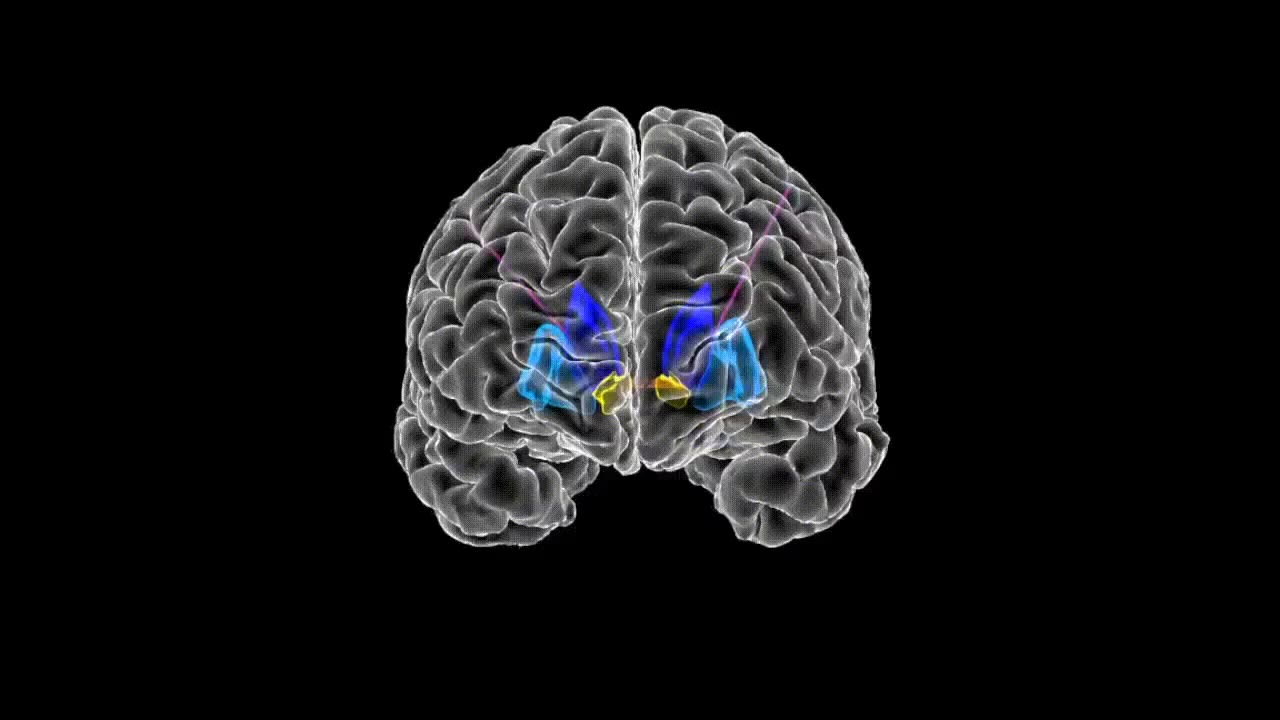
Since its establishment in 1950, NINDS has played a pivotal role in unraveling the complexities of the brain and nervous system. NINDS continues to expand our understanding of what we know about the brain and nervous system to improve neurological health for all people. Join us in sharing these milestones and helping imagine the future of neuroscience in the next 75 years.


